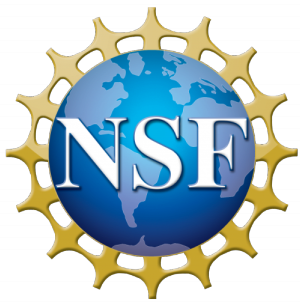June 1st, 2022 | RESEARCH
The purpose of this research paper is to explore advantages and disadvantages of conducting an engineering experience for blind and low vision (BLV) participants in a virtual/online environment. This experience was designed to expose BLV high school students to engineering content and enhance their spatial ability. Spatial ability is an intelligence generally defined as the ability to generate, retain, retrieve, and transform well-structured visual images and is particularly important to fields of science, technology, engineering, and math (STEM). A variety of spatial ability constructs have been identified, a few of which include mental rotation, spatial orientation, and spatial visualization. This paper refers to spatial ability as a quantification of performance on a specific construct of spatial thinking: rotation and cutting plane.
Document
Team Members
Gary Timko, Evaluator, Center for Research & Evaluation - COSINatalie Shaheen, Author, Illinois State University
Wade Goodridge, Co-Principal Investigator, Utah State University
Theresa Green, Author, Utah State University
Daniel Kane, Author, Utah State University
Funders
Funding Source: NSF
Funding Program: Advancing Informal STEM Learning (AISL)
Award Number: 1712887
Funding Amount: $2,101,009.00
Related URLs
Spatial Ability and Blind Engineering Research
Tags
Access and Inclusion: People with Disabilities
Audience: Adults | Educators | Teachers | Learning Researchers
Discipline: Engineering | Technology
Resource Type: Conference Proceedings
Environment Type: Afterschool Programs | Summer and Extended Camps

